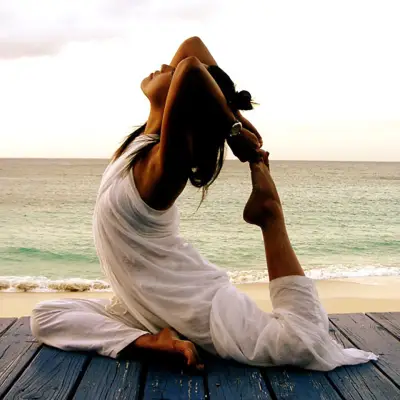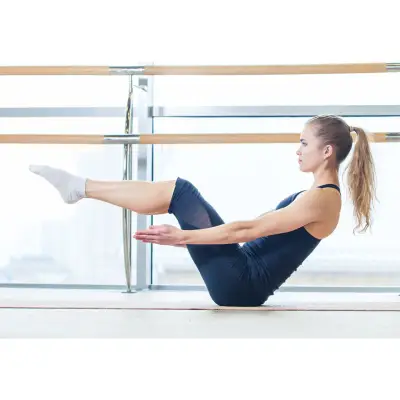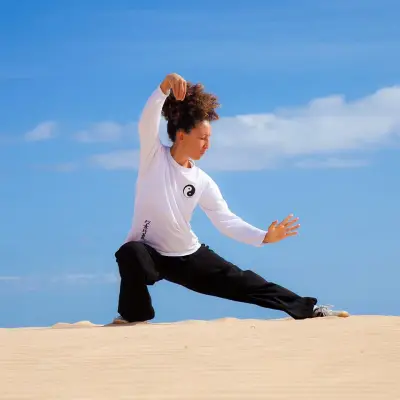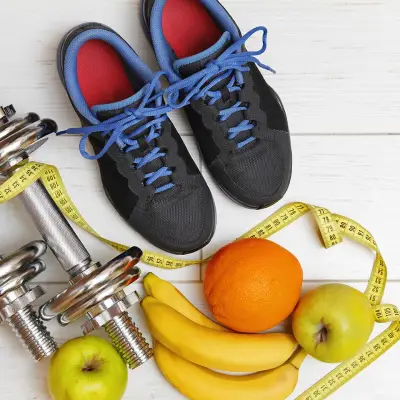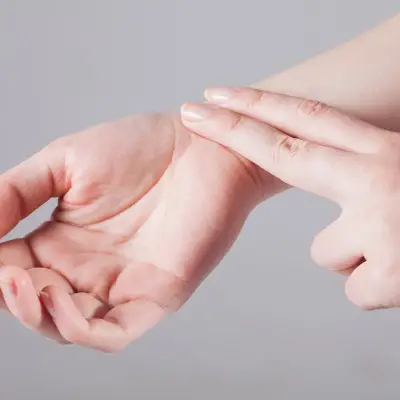Standing in direct contrast to Yin Yoga, Yang Yoga is a much more active practice.
Yang Yoga is a traditional form of yoga based on Hatha or Ashtanga. Its primary goal is to develop muscular strength, stamina, and flexibility.
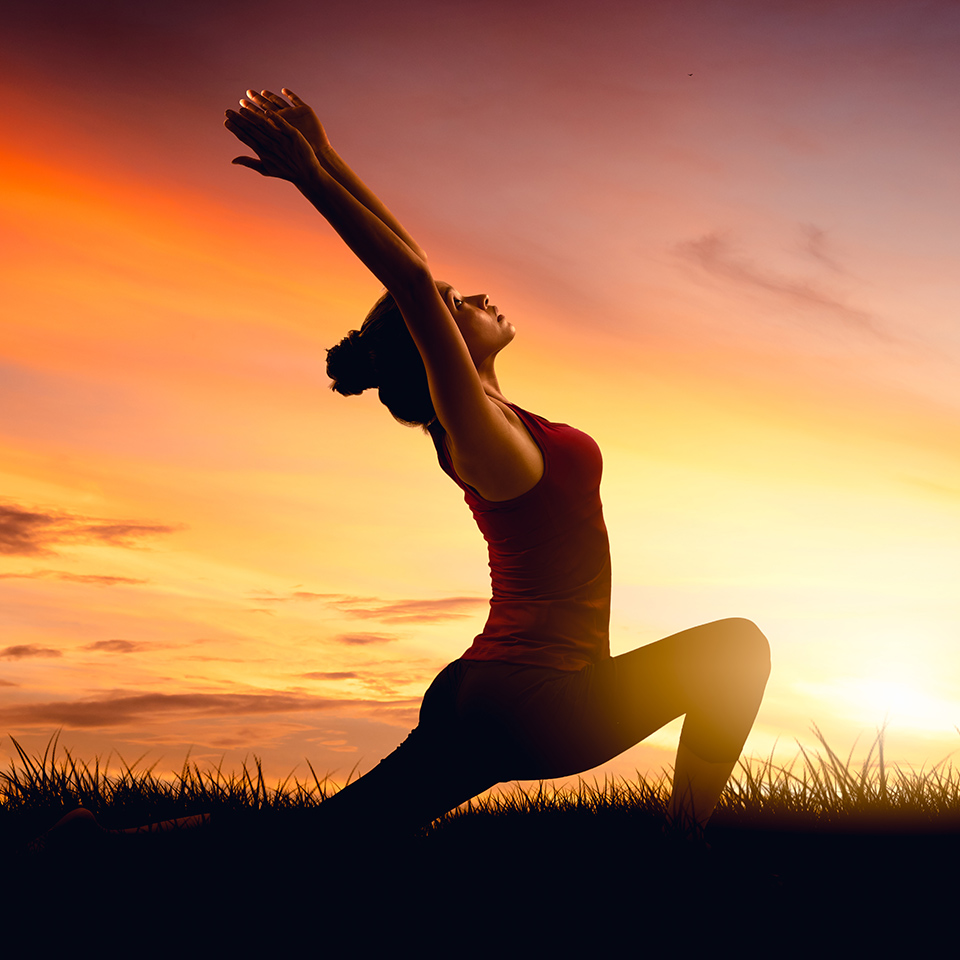
Jump to:
Yang Yoga is also said to strengthen and tone the body, improve balance and, despite its more active nature, calm the mind. This makes it the perfect option for those who want to expand their minds through yoga and for individuals who seek strength training or another way to keep fit.
If you are looking for a more active form of yoga, then Yang Yoga may be for you. There is much to learn about this ancient yoga practice. In this blog post, we’ll cover all you need to know!
Recommended for you!
Best SellersThe Differences Between Yin & Yang Yoga
They say yin and yang exist in perfect harmony: complementing each other while simultaneously standing in direct contrast. Yin and Yang Yoga are no different.
Yin Yoga is a much slower practice in which an individual passively holds poses for a longer period of time, working the deep, dense (yin) connective tissues and joints in the body. Yang's Yoga poses are much more active. The practice seeks to work the (yang) muscles and stimulate blood flow, building strength, stamina and flexibility. Yang styles of yoga are those with rhythm and repetition like Vinyasa Flow. While both practices are similar, there are some distinct benefits to each yoga form:
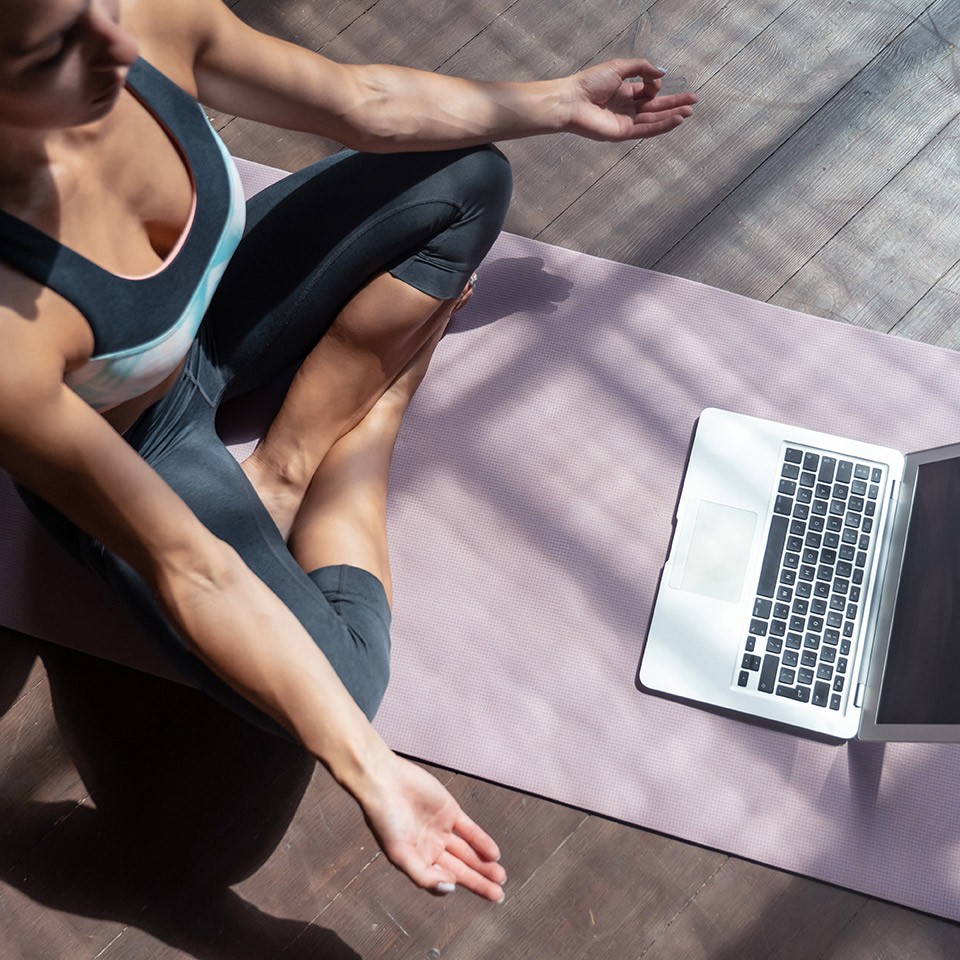
Benefits of Yin Yoga
Calms and Balances The Mind and Body
Yin Yoga aims to foster mental clarity, concentration and inner peace. This leads to the practice of calming the mind. Yin Yoga also stimulates the meridians (energy channels), bringing balance to the organs in the body.
Reduction of stress and anxiety
Yin Yoga has a distinct meditative practice element; this includes an overall mindful approach and deep breathing. These techniques result in a reduction of stress and anxiety.
Improved Circulation
The long-held poses help to stimulate blood flow, enhance circulation, and nourish muscle tissues.
Enhance Joint Mobility
Targeting joints and ligaments, Yin Yoga enhances the range of motion and joint health.
Increased Flexibility
Because Yin Yoga stretches deep connective tissue, the practice has helped to increase flexibility.
Benefits of Yang Yoga
Improved Strength and Stamina
Where Yin Yoga focuses on strengthening the mind, Yang Yoga is a little more focused on strengthening the body. Its dynamic nature builds muscular strength and endurance.
Cardiovascular Health
Many people are always looking for ways to improve their heart health, and Yang Yoga is a fantastic way to do just that. The flowing sequences can provide a cardiovascular workout.
Weight Management and Increased Energy Levels
Yang Yoga is an active and engaging practice, so it’s a fantastic way to burn calories, manage weight, boost energy and reduce fatigue.
Enhanced Flexibility
Similar to Yin Yoga, Yang Yoga is an excellent way to increase flexibility. Regular practice of Yang Yoga increases flexibility via consistent stretching and movement.
Better Balance and Coordination
If you find that your balance and coordination are lacking, Yang Yoga may be able to help. The varied poses enhance balance and hand-eye coordination.
Calming and Stress Reduction
Mental Health Benefits
Yang Yoga has many mental health benefits. The release of endorphins during physical activity improves overall mood, and regular practice can help regulate emotions and reduce anxiety and depression. This can also lead to improved self-esteem and general overall improvement in mood.
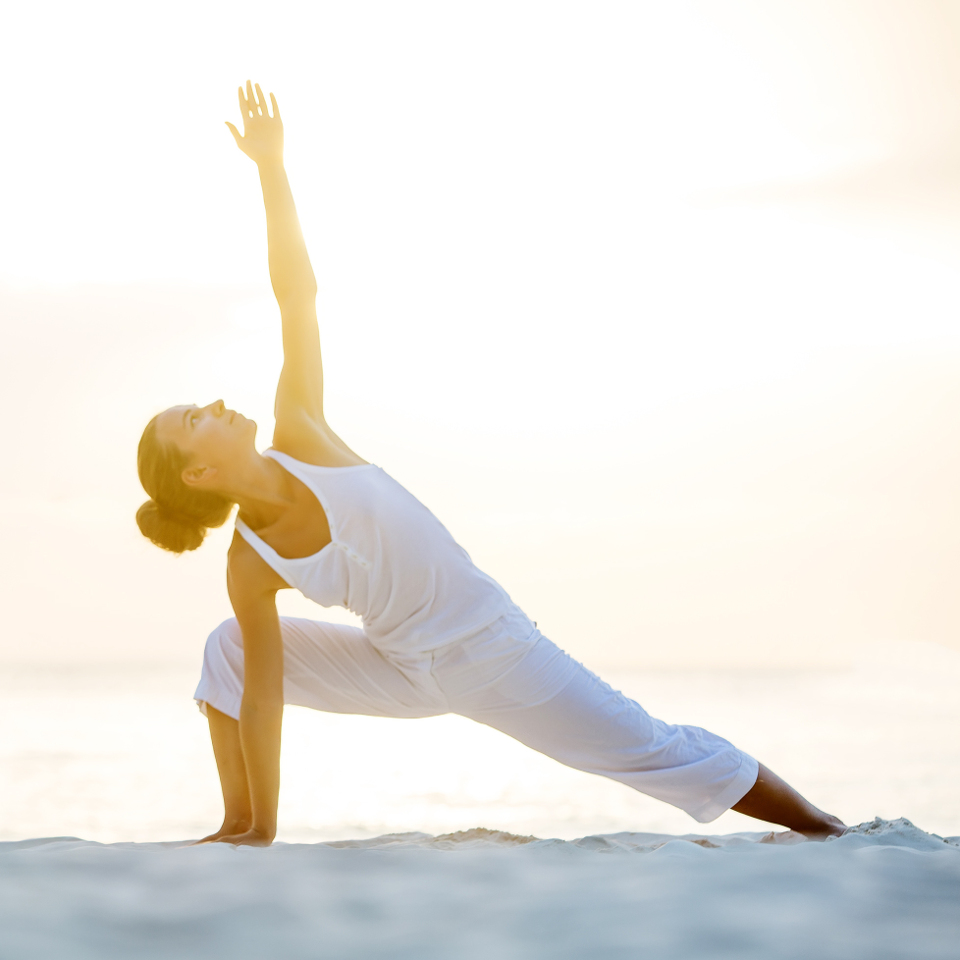
Can You Practise Yin & Yang Yoga Together?
While some people prefer to keep Yin and Yang Yoga separate, this is not necessary. Practising both forms of yoga together is not only possible but can be highly beneficial. The combined approach leverages the complementary benefits of both styles, balancing the passive and active aspects of yoga practices.
Combining both practices in one class can have a drastic impact on your energy levels. This is why a Yin-Yang Yoga class has proven to be extremely effective for managing mood and energy. For example, if you have low energy, beginning with some Yin poses is a good way to get you started and up your energy levels. Similarly, beginning with Yang, but finishing with Yin Yoga, will leave you in a much calmer state of mind.
Yang Yoga Origins
Yang Yoga and Yin Yoga do not have the exact same origin, but they are deeply connected through the broader tradition of yoga and complementary Eastern philosophies.
Broadly speaking, Yang Yoga primarily includes dynamic and active styles such as Vinyasa, Ashtanga, and Power Yoga. These styles have their roots in traditional Hatha Yoga, which originated in India.
However, it was not until the 1970s that Yang Yoga became popularised in the Western world via the martial arts champion Paulie Zink. Zink is commonly credited with founding Yin-Yang Yoga, which he did by combining elements of traditional Hatha Yoga with Taoist Yoga. It was actually his students who would help the practices become widespread throughout the Western world. They would enlighten others by imparting their wisdom to those who sought a new and exciting form of yoga.
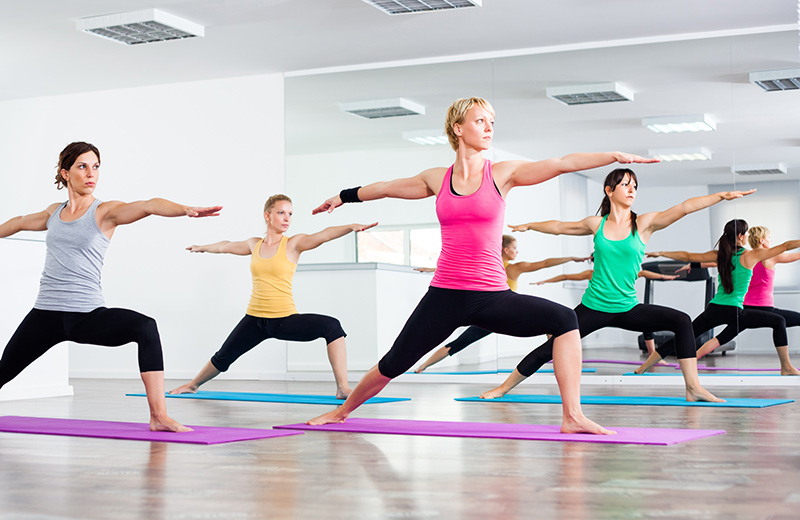
Yang Yoga Poses
There are many different types of Yang yoga poses. Whereas Yin yoga poses are a little more distinctive (there are 26 main ones) there are significantly more for Yang Yoga. This means it’s sometimes difficult to narrow down the most popular Yang poses.
Regardless, here are some of the most popular Yang poses, with a brief description of how to perform them. Please remember that while we can offer guidance to help you perform the poses, you should seek professional advice before engaging in physical activity.
Mountain Poses (Tadasana)
Tadasana, commonly referred to as the mountain pose, is a standing asana in modern yoga and one of the most popular poses in Yang Yoga. To perform this pose, stand with your feet together, distribute your weight evenly, engage your thighs, lift your kneecaps, lengthen your spine, roll your shoulders back and down, and let your arms hang by your sides with your chin parallel to the floor. Gaze straight ahead.
Warrior I (Virabhadrasana I)
The warrior I pose aims to strengthen and stretch your legs and glutes, the front of your hips (hip flexors), and your shins. To perform from a standing position, step your left foot back 3-4 feet, and turn it out 45 degrees. Then, bend your right knee over your ankle, raise your arms overhead with palms facing each other, square your hips forward, lift your chest, and hold. Repeat these movements on the other side to complete the full range of the pose.
Warrior II (Virabhadrasana II)
The Warrior II pose aims to strengthen your legs, abs and arms. To perform, step your left foot back 3-4 feet from standing, turn it out 90 degrees, bend your right knee over your ankle, extend your arms at shoulder height with palms down, and gaze over your right hand. Repeat on the other side.
Chair Pose (Utkatasana)
The chair pose (somewhat ironically!) aims to improve posture and alignment. From a standing position with feet together, bend your knees and sit your hips back as if sitting in a chair. Raise your arms overhead, keeping your biceps by your ears, and lengthen through your spine. Keep your chest lifted and hold to complete the pose.
Triangle Pose (Trikonasana)
The triangle pose strengthens your legs and back. To perform this pose, Step your feet 3-4 feet apart when standing, turn your right foot out 90 degrees and your left foot slightly in. Extend your arms out at shoulder height, hinge at your right hip, reach your right hand down to your shin or the floor and extend your left arm toward the ceiling. Gaze up at your left hand.
Tree Pose (Vrksasana)
The Tree Pose strengthens the legs and core while opening the hips and stretching the inner thigh and groin muscles. Stand with your feet together, shift your weight to your left foot, and place the sole of your right foot on your left inner thigh or calf (avoid the knee). Bring your hands together in front of your chest or raise them overhead. Hold for balance and switch sides.
Warm Yang Yoga
To put it simply, warm, or hot, yoga is the practice of performing yoga in a warm room. The room is usually heated to around 32 degrees using infrared panels, which allows it to warm the body and muscles. Warm Yang Yoga is simply Yang Yoga that’s performed under these conditions.
Performing Yang Yoga in warm conditions can increase flexibility, enhance detoxification through sweating, and improve circulation. As with any exercise, you may wish to consult a medical professional before undertaking any engaging exercises.
Learn More About Yoga With Centre of Excellence
If you are interested in learning more about yoga - whether it be Yin-Yang Yoga, Yang Flow Yoga or another form of yoga entirely - then check out our accredited yoga courses. You can buy lifetime access to one of these courses for just £29 (saving on the original price of £127!).
There’s also the option of Grow: our subscription service. With Grow Yearly, just £192 per year (i.e. £16 per month) will get you full access to one of our yoga courses plus 11 other courses from our wider library, as well as 12 audio courses! Grow also comes with an in-built 10% reduction on printed materials and certificates, plus exclusive discounts and reward points that you can redeem for fantastic prizes.
Enrol today and become a yoga expert!

